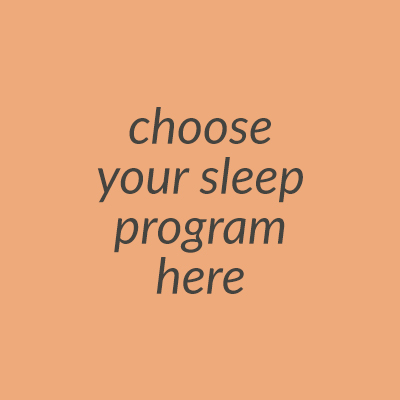Potty training is a fun, messy and exciting milestone in a child’s life, but it can be tough when it comes to sleep. However, going diaper free is fantastic for all parents out there – freedom! But hang on a minute, don’t throw the diapers out just yet.
We would like to help you protect sleep while potty training. When considering how to potty train, you have many choices to make; but one of them is to choose to go diaper free for sleep or not to. As you might have guessed, I like to protect sleep. So, in our home, we chose to use diapers at night and tackle night potty training at another time.
Sign Up For Our Newsletter
You may already be aware, but toddlers like to find excuses to come out of bed. Potty training tends to just add one more excuse. This excuse tends to be one that us parents have a hard time saying no to when we are working so hard on potty training. So, here are a few tips to help you navigate the waters of potty training when it comes to sleep:
Attempt Potty Training Once Your Child is Well-Rested
If sleep is still a battle in your home, tackle that first. Children absorb new skills much better if they are getting the sleep that they need. If you are unsure if your child is getting enough sleep, check out this post on sleep schedules.
Use Toddler Sleep Tools
Using sleep tools like a simple set of sleep rules and a toddler clock will help tremendously in your child’s understanding that once they are in bed, they should stay in bed.
Encourage Use of the Potty Before and After Bed
We are such big believers in a consistent bedtime routine. When you start to potty train, add in going potty as part of the routine. You can use a bedtime routine chart to help encourage the desire to try to go before bed. Also getting in the habit of going right when they wake will help your child to know that they can go right away when they wake.
Talk About Why the Diaper is Going on for Sleep
The way that we potty trained in our home, once we started there were no more diapers at all for daytime. So, you might think that it would be confusing to the child to put a diaper on for sleep.
It is important to talk to your child about why you are doing this, when you basically just told them that diapers were gone. Jaime Glowacki has a great phrase to use in her book, Oh Crap! Potty Training. It goes something like this (and I may be paraphrasing:) “I am putting the diaper on now because you may not remember to go to the potty while you sleep.”
Allow Use of The Potty After Bedtime (with limitations)
So, here’s the deal: once a child enjoys not having a diaper, they may not want to go in the diaper. In my personal experience, #2 seems to be the one that’s the kicker here. So, you can allow the use of the potty after bed, but I suggest limiting it. Two choices here, and what you choose might be based on the type of sleeper that you have. With either of these choices just lay out the rules for using the potty.
- A Potty Pass – for the excellent sleeper that stays in their room and sleeps through the night, this may be the way to go. I would give them a pass and allow one (only one) use of the pass.
- A Potty in the Room – for the maybe not so hot sleepers or for the ones who like to come out of their room.
Positive Reinforcement
If your child prefers to use the potty over the diaper and you stay strong, they will soon choose to go outside of bedtime. Even if they don’t, with consistency they will still learn to do the same. Give them lots of positive reinforcement for going potty in the bedtime routine or right when they wake up. You’ve got this! Enjoy the world of (almost) no diapers.






